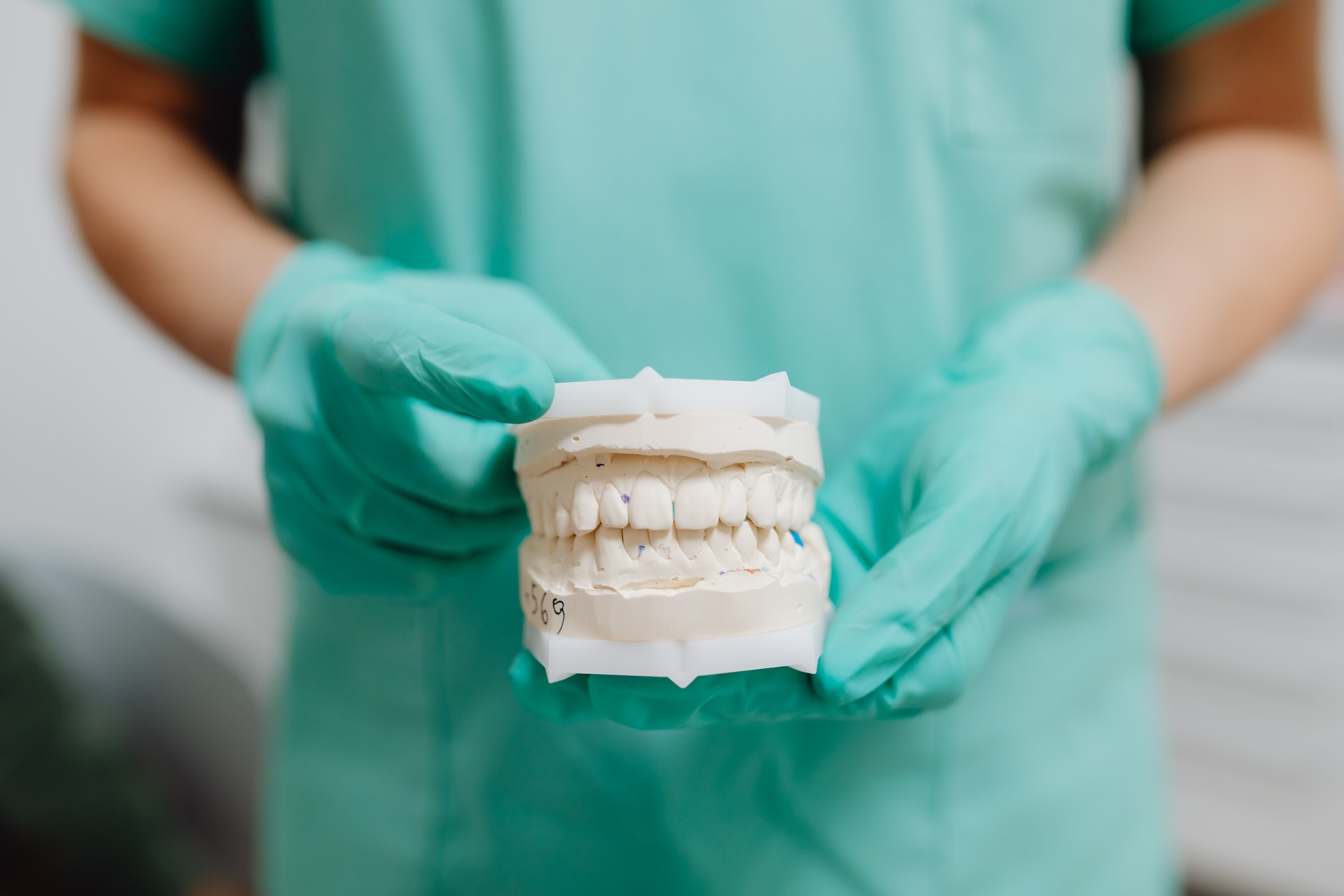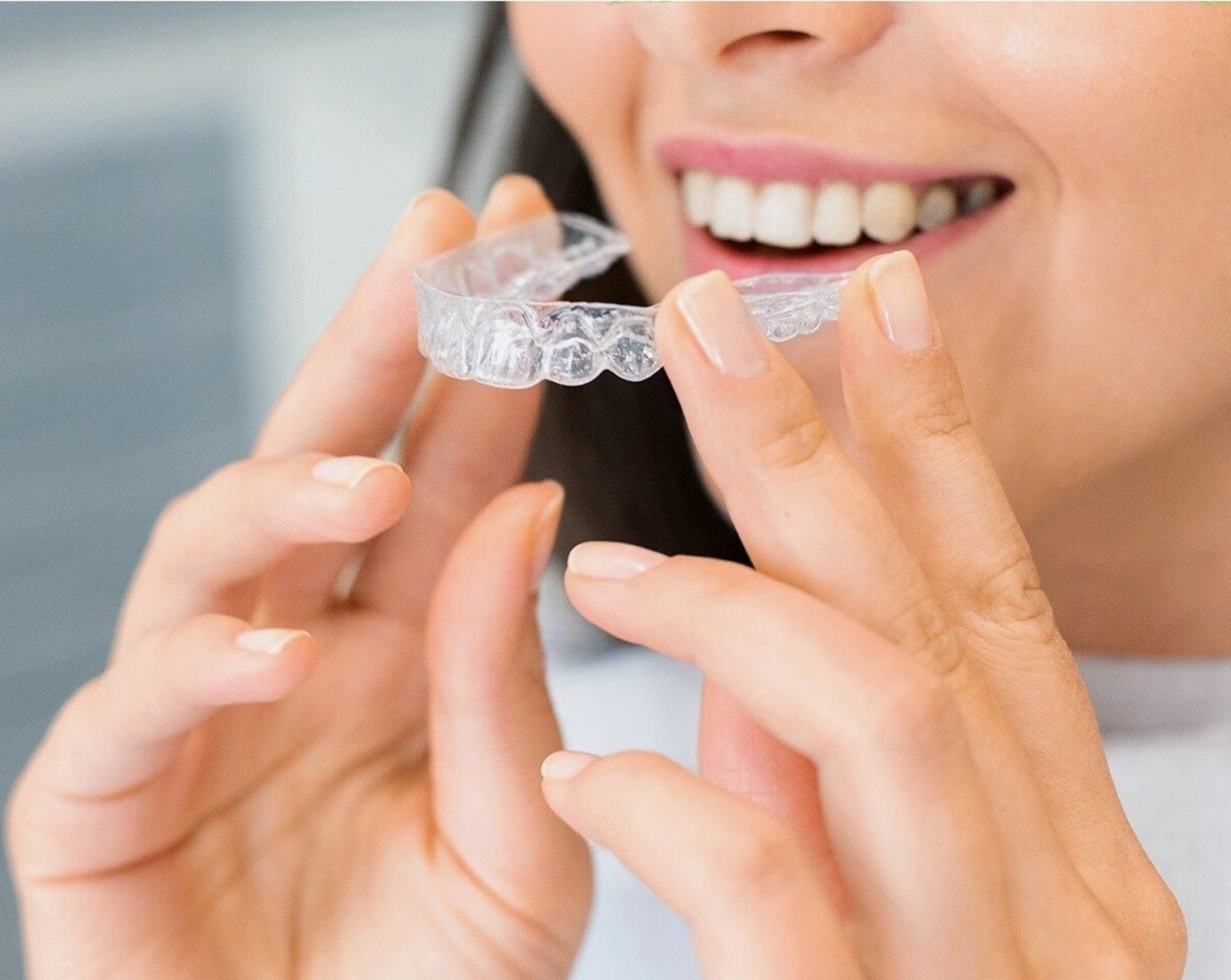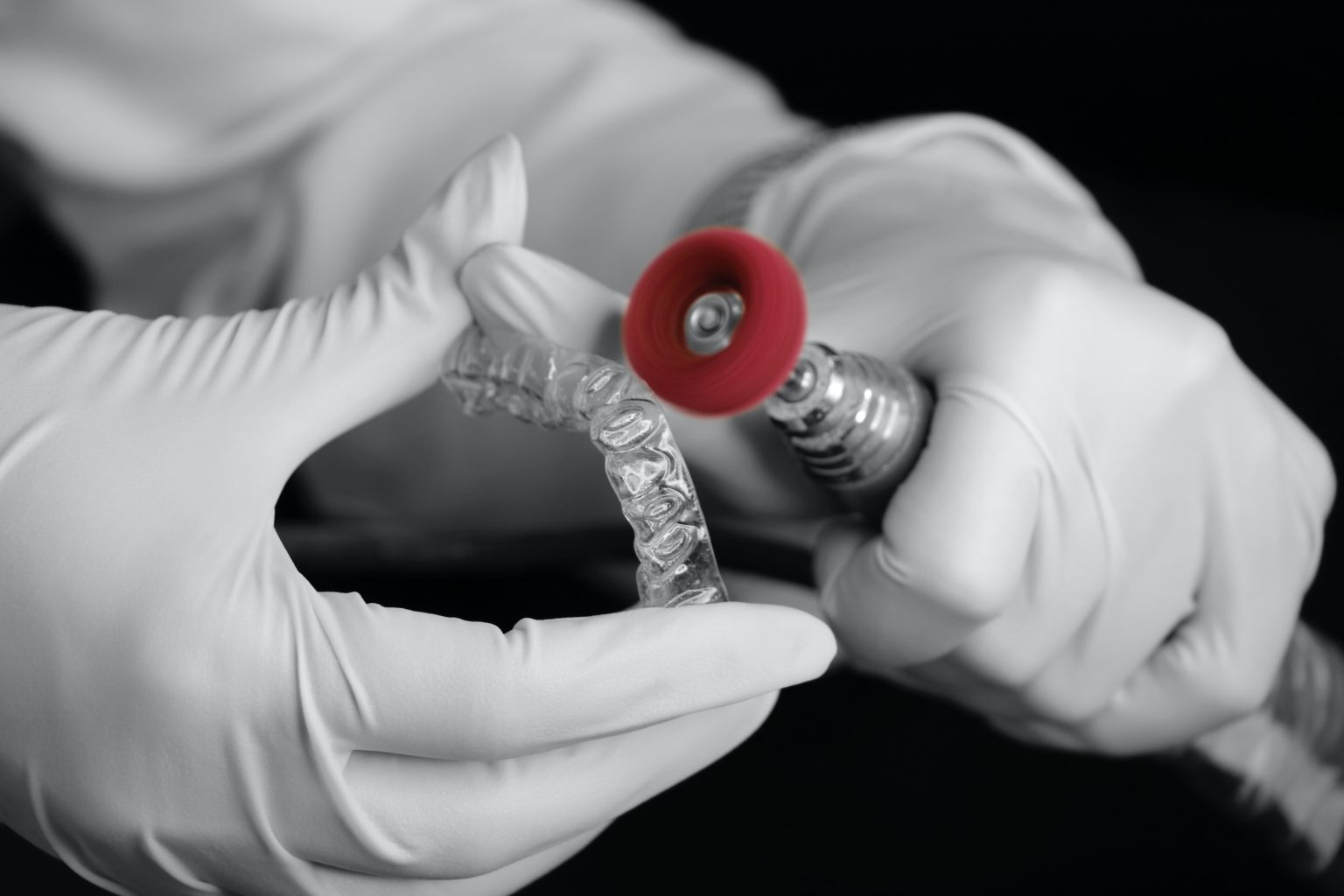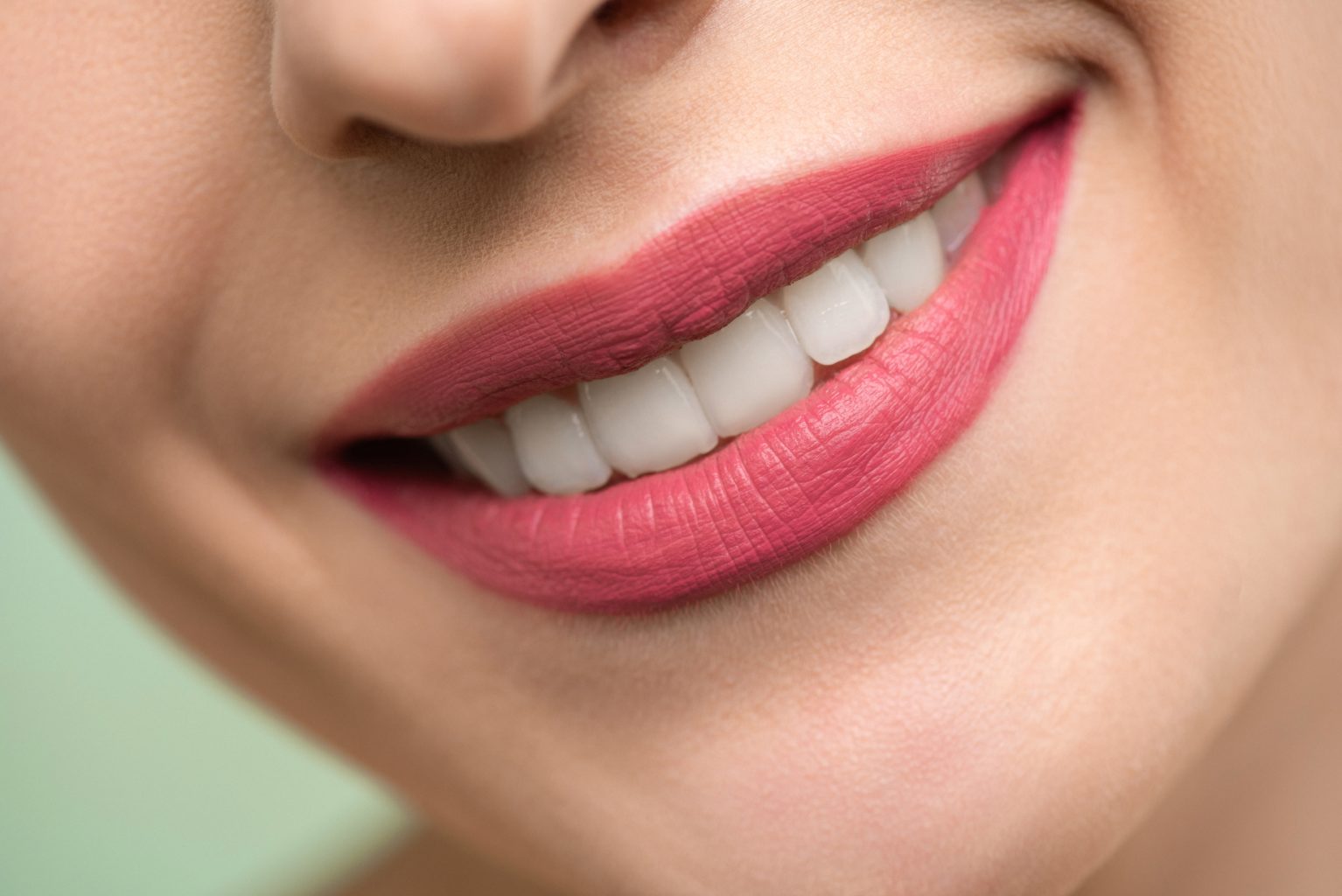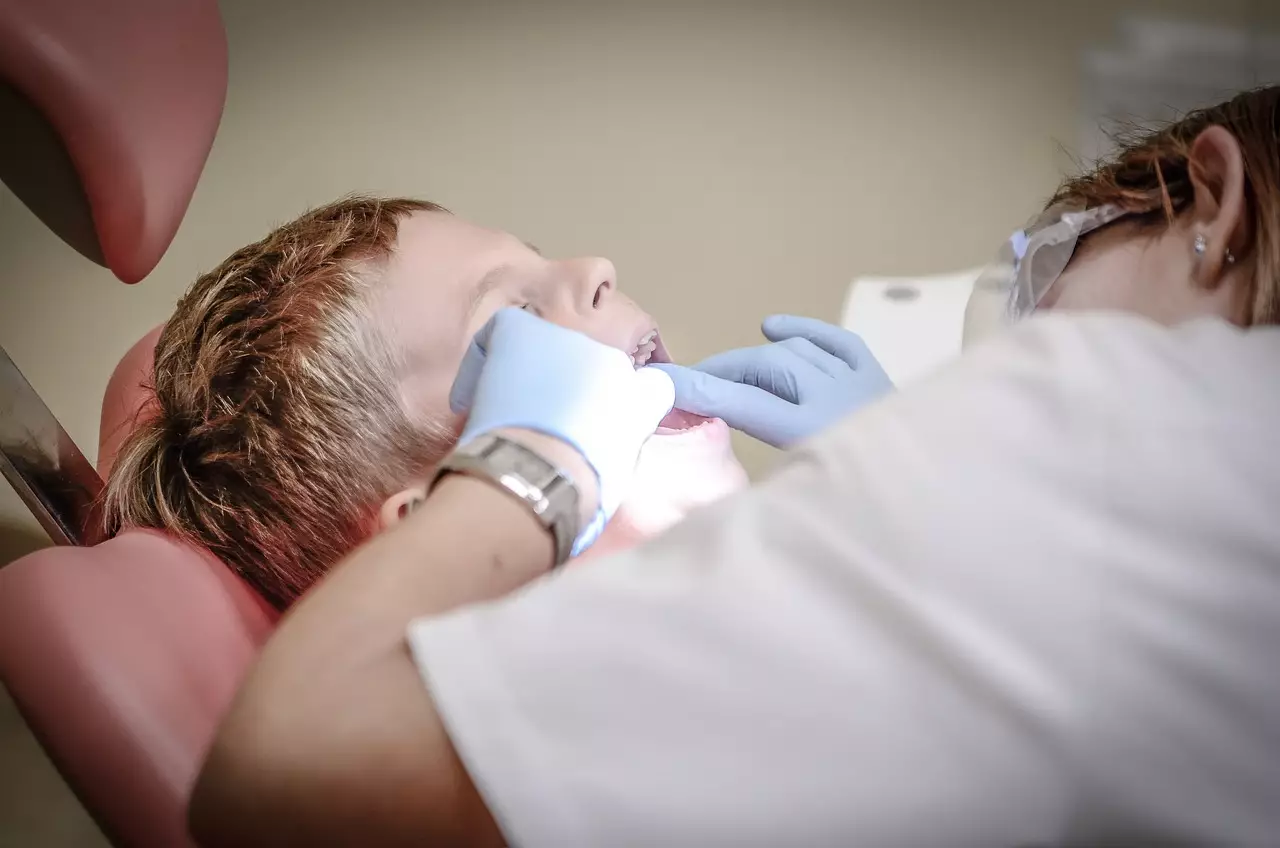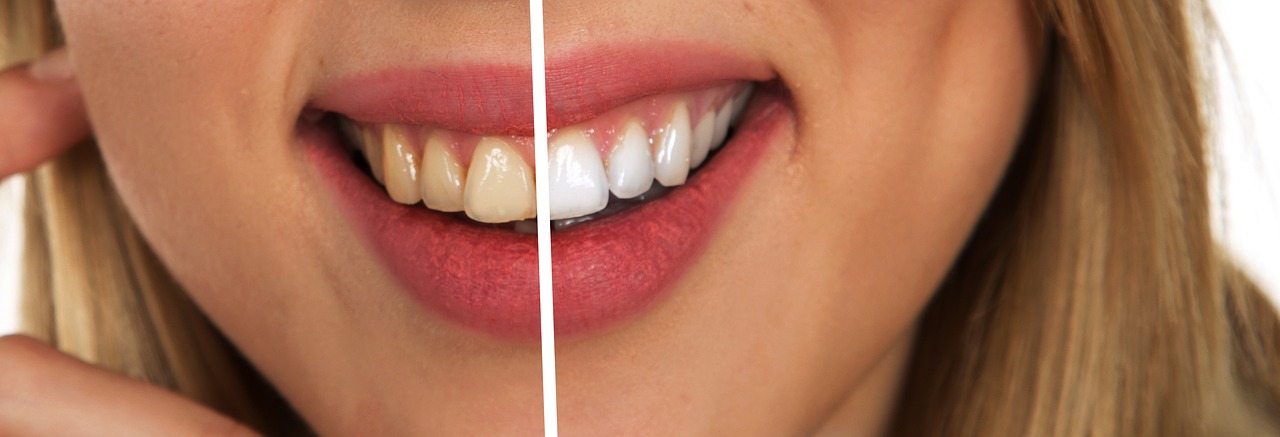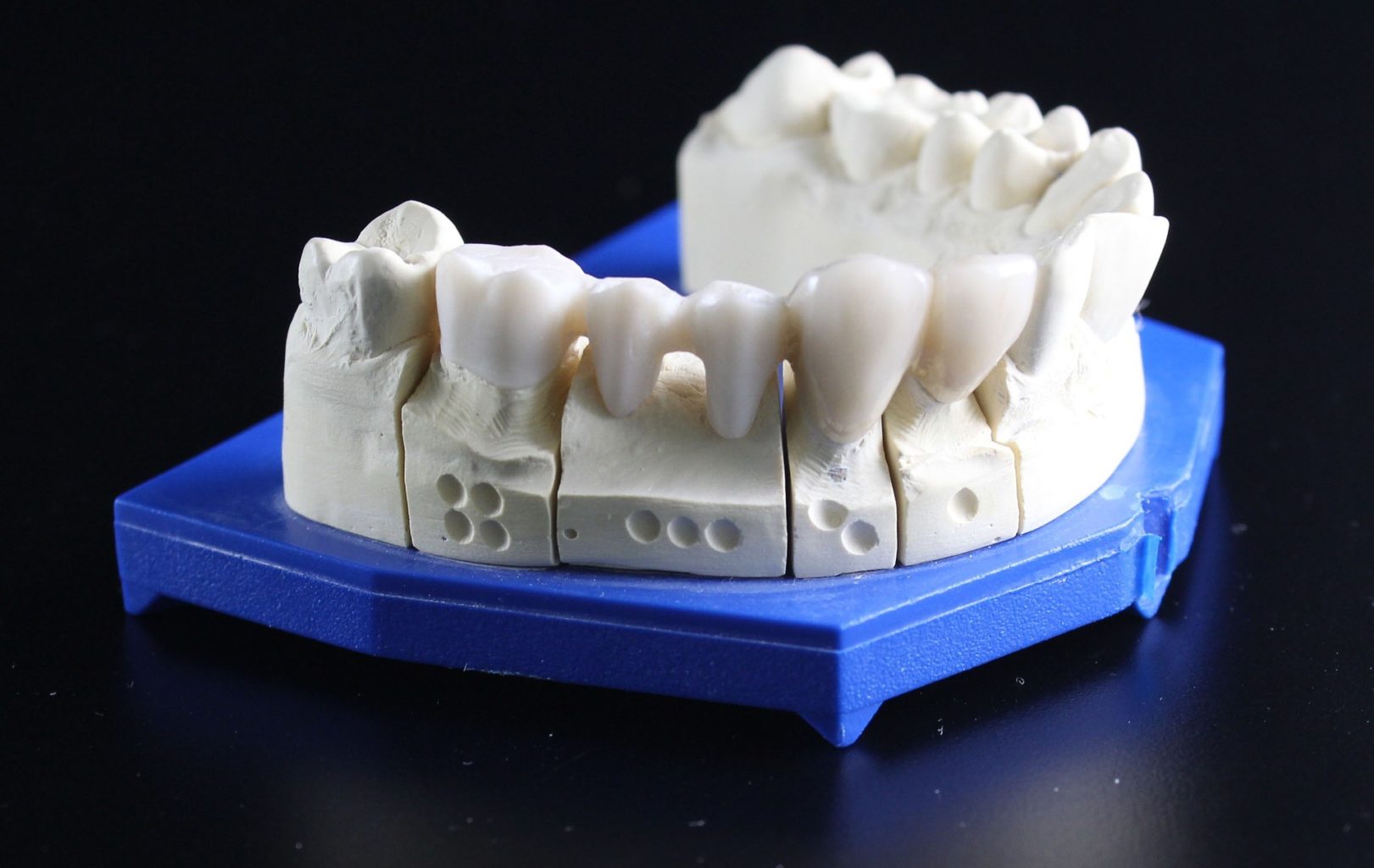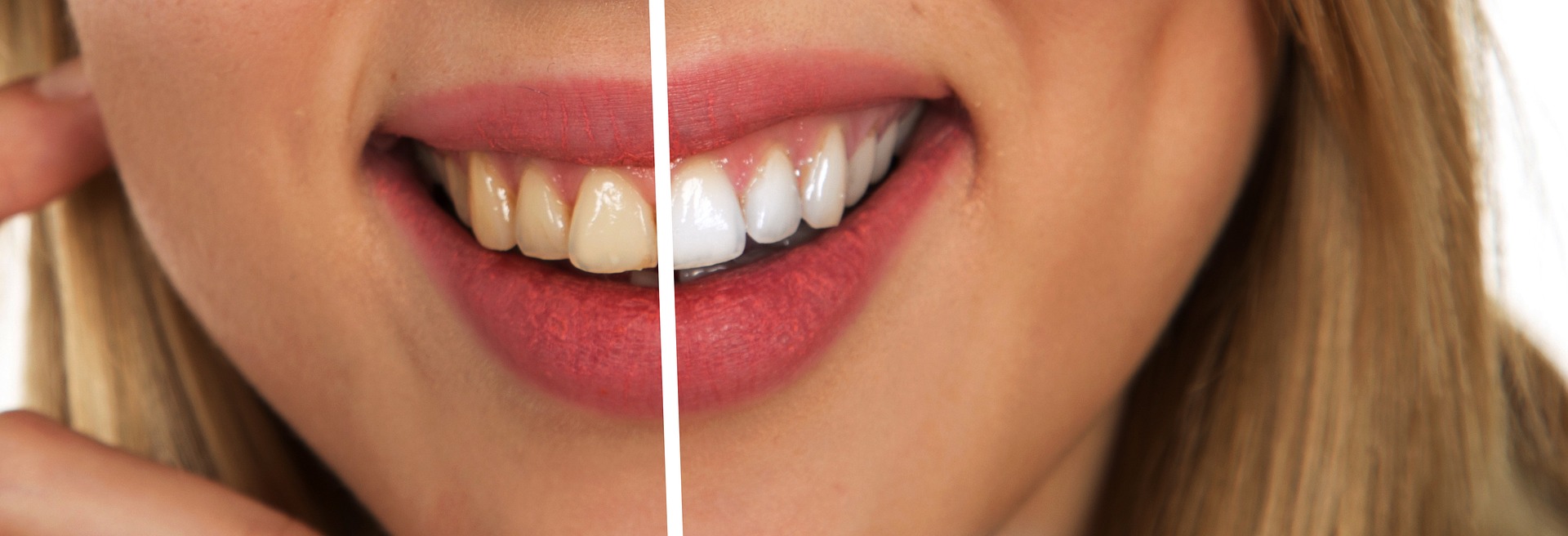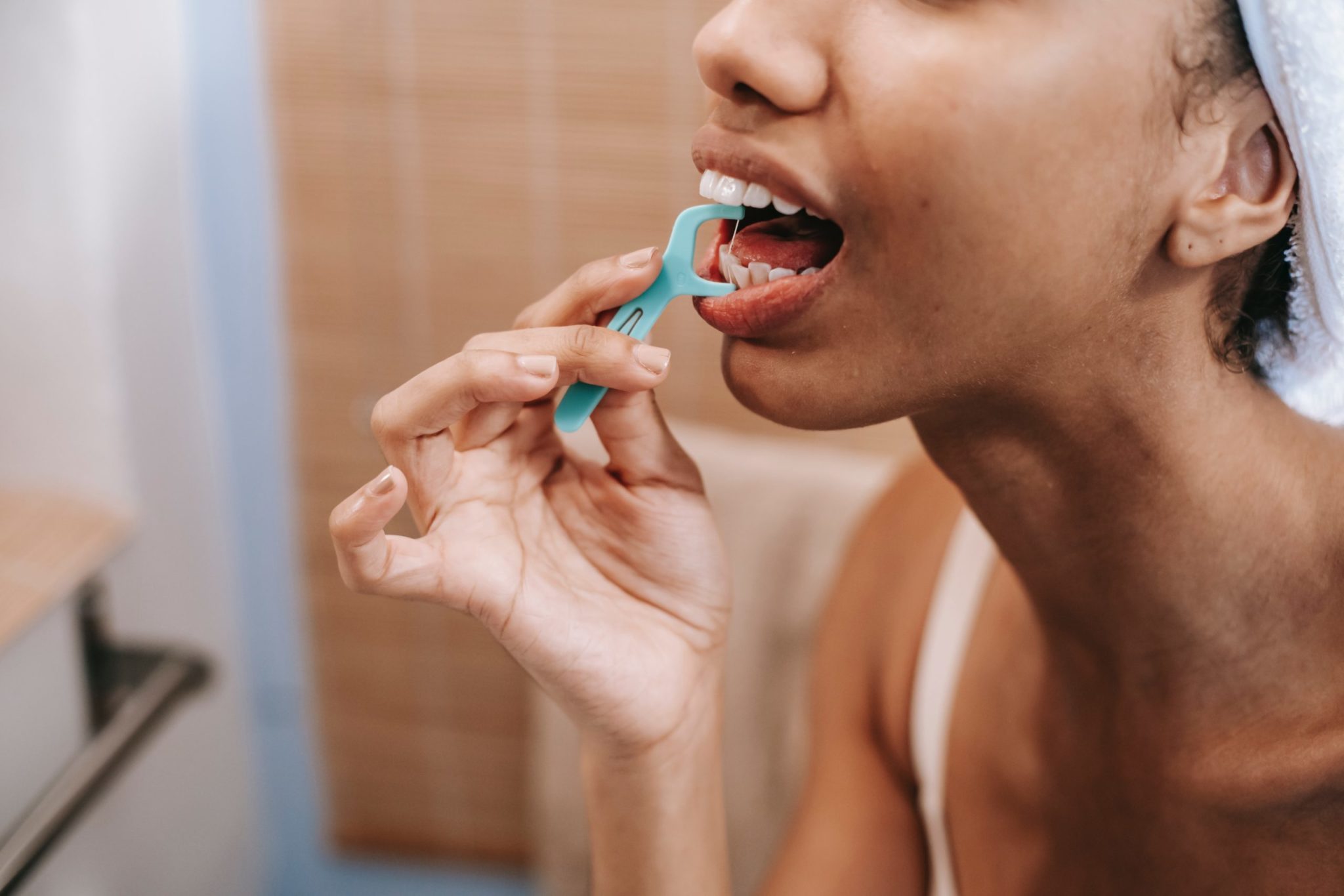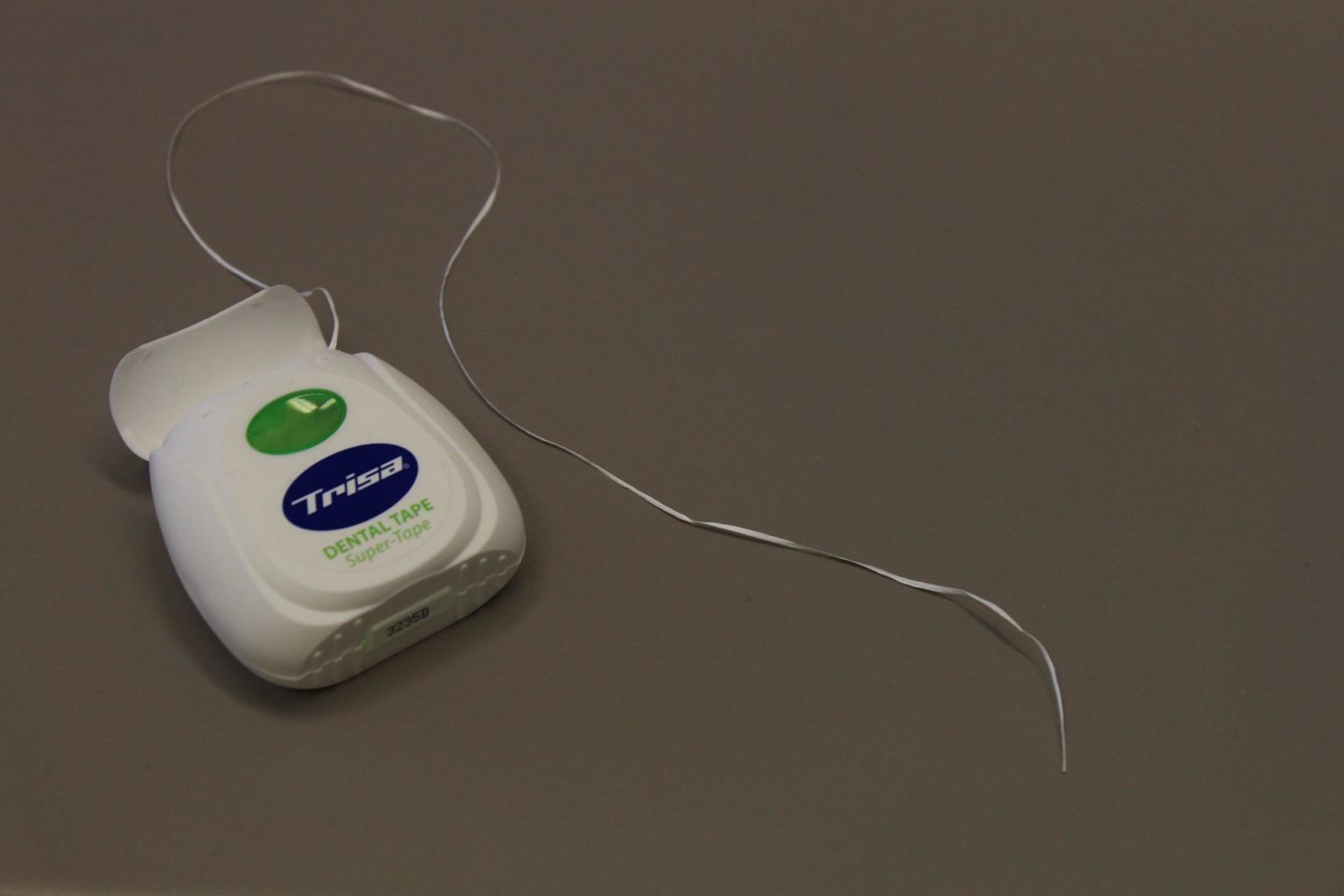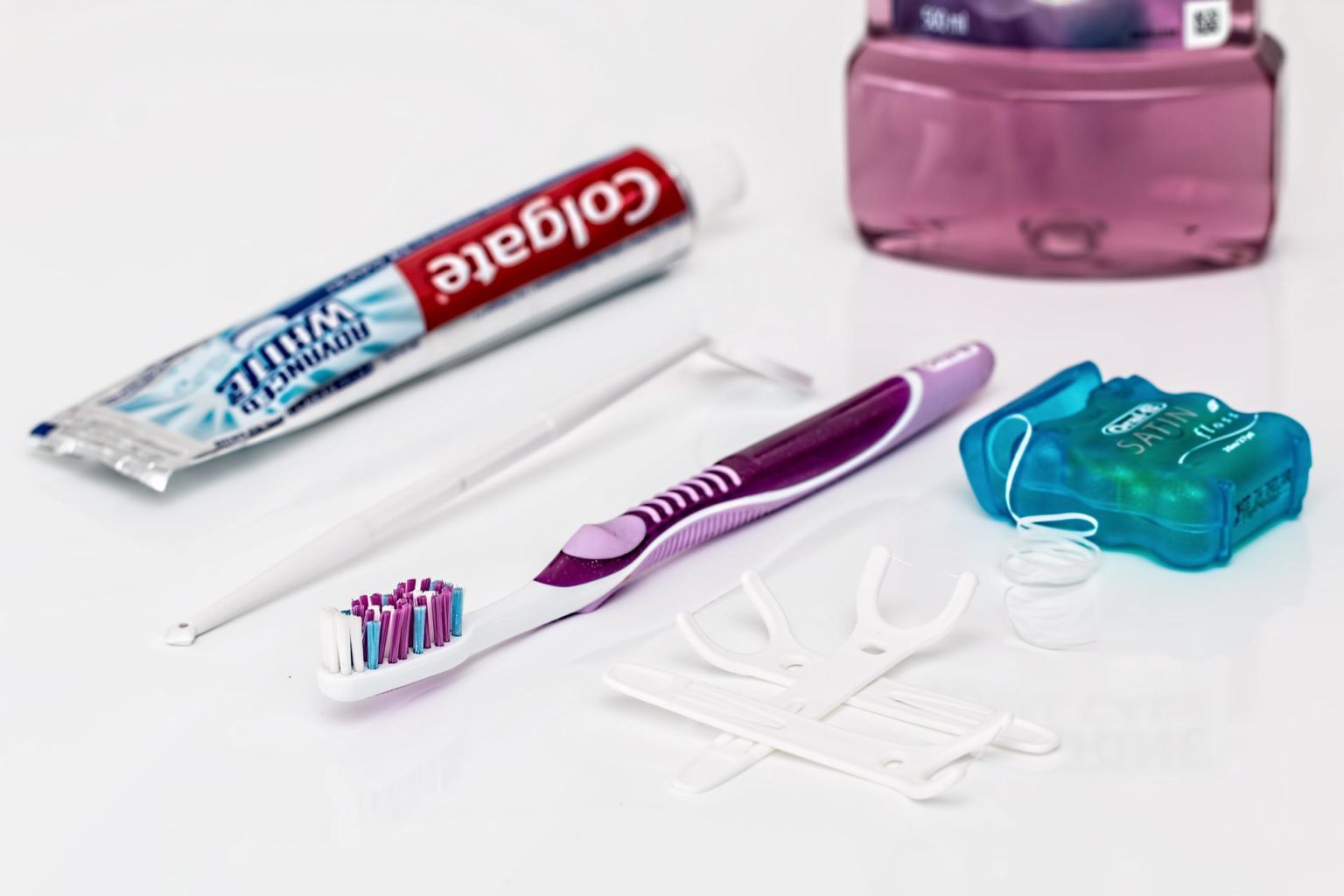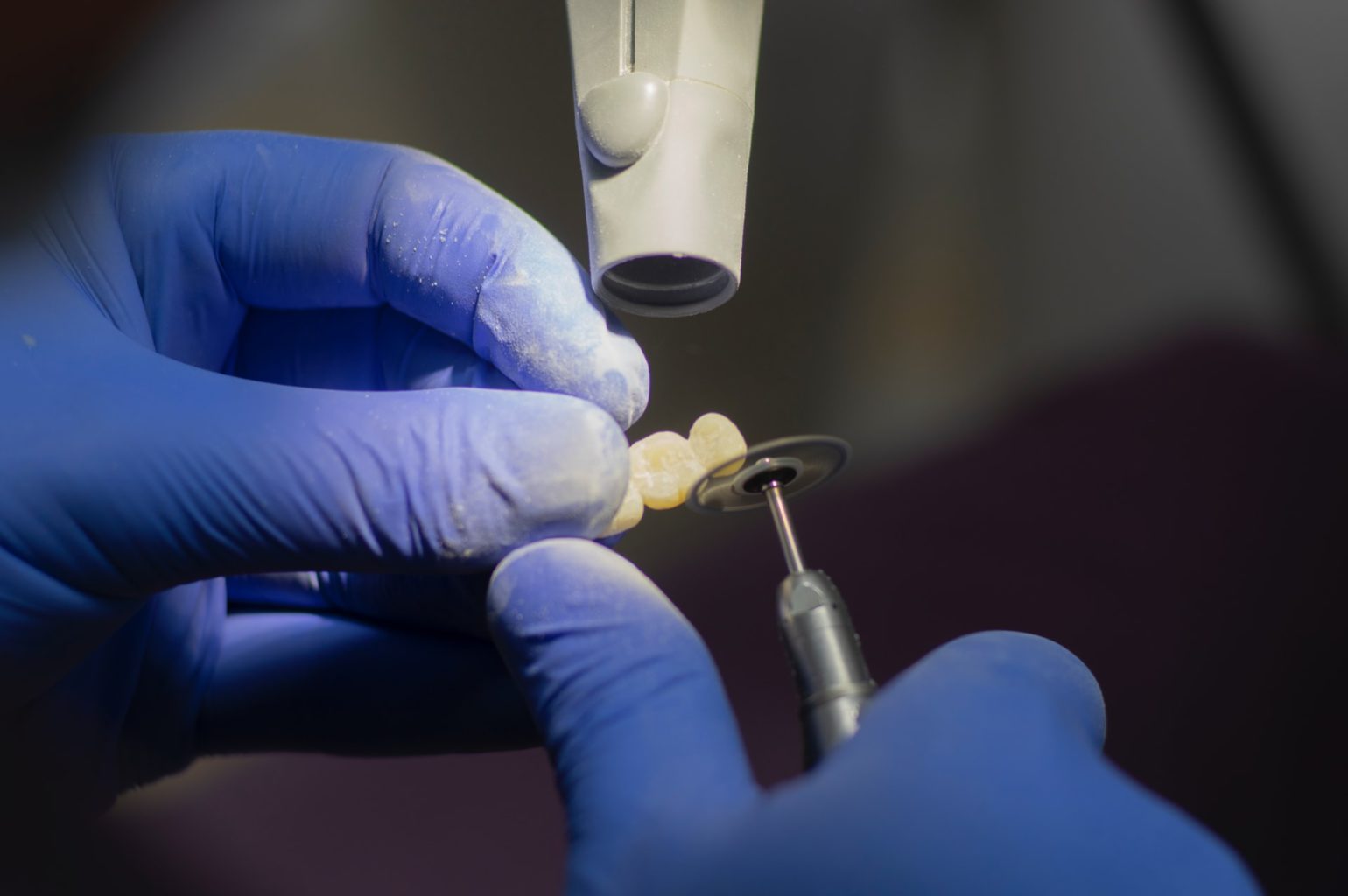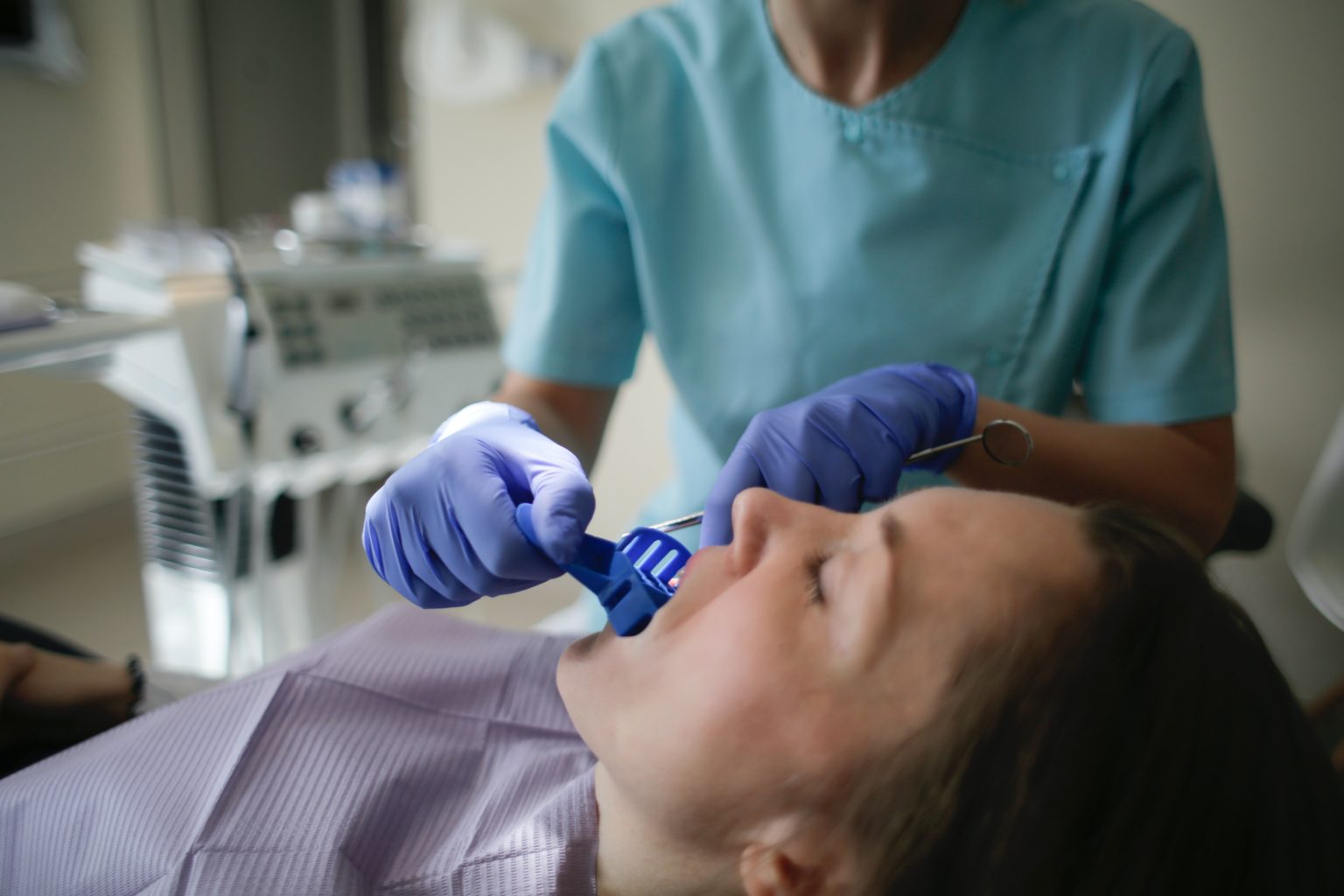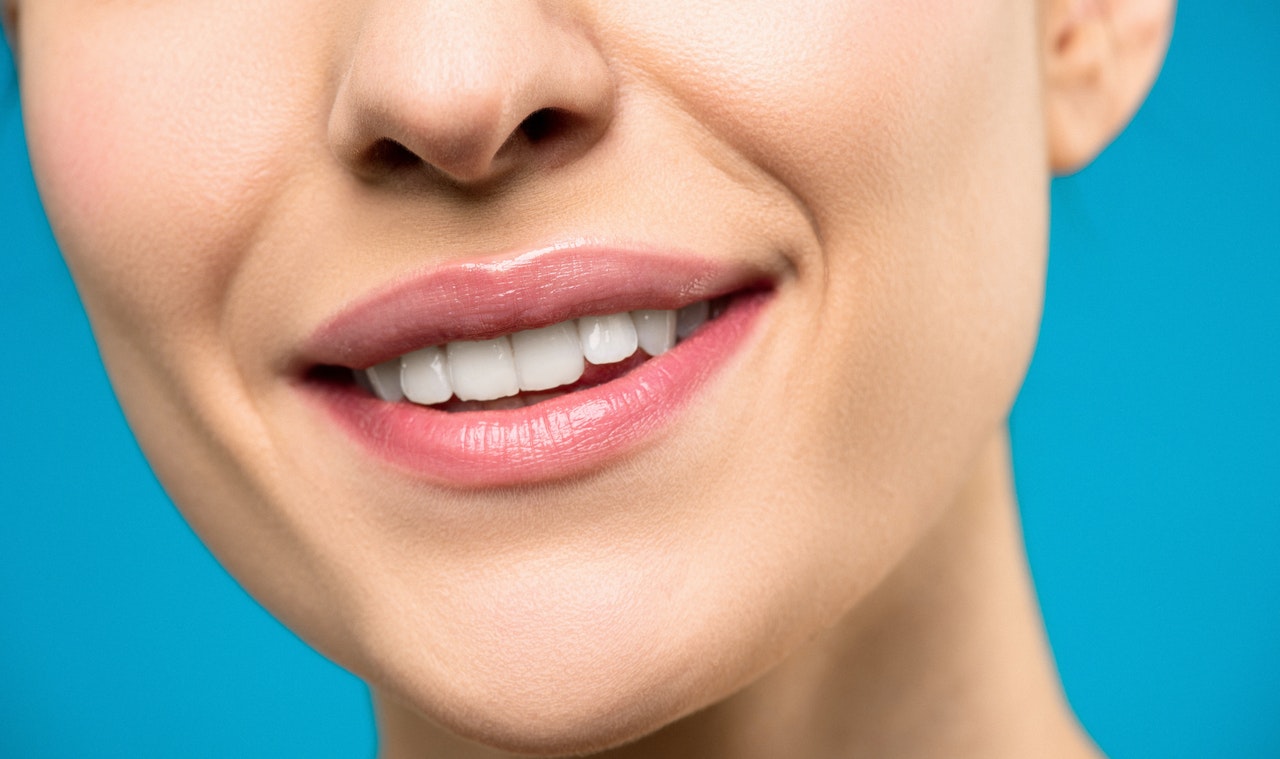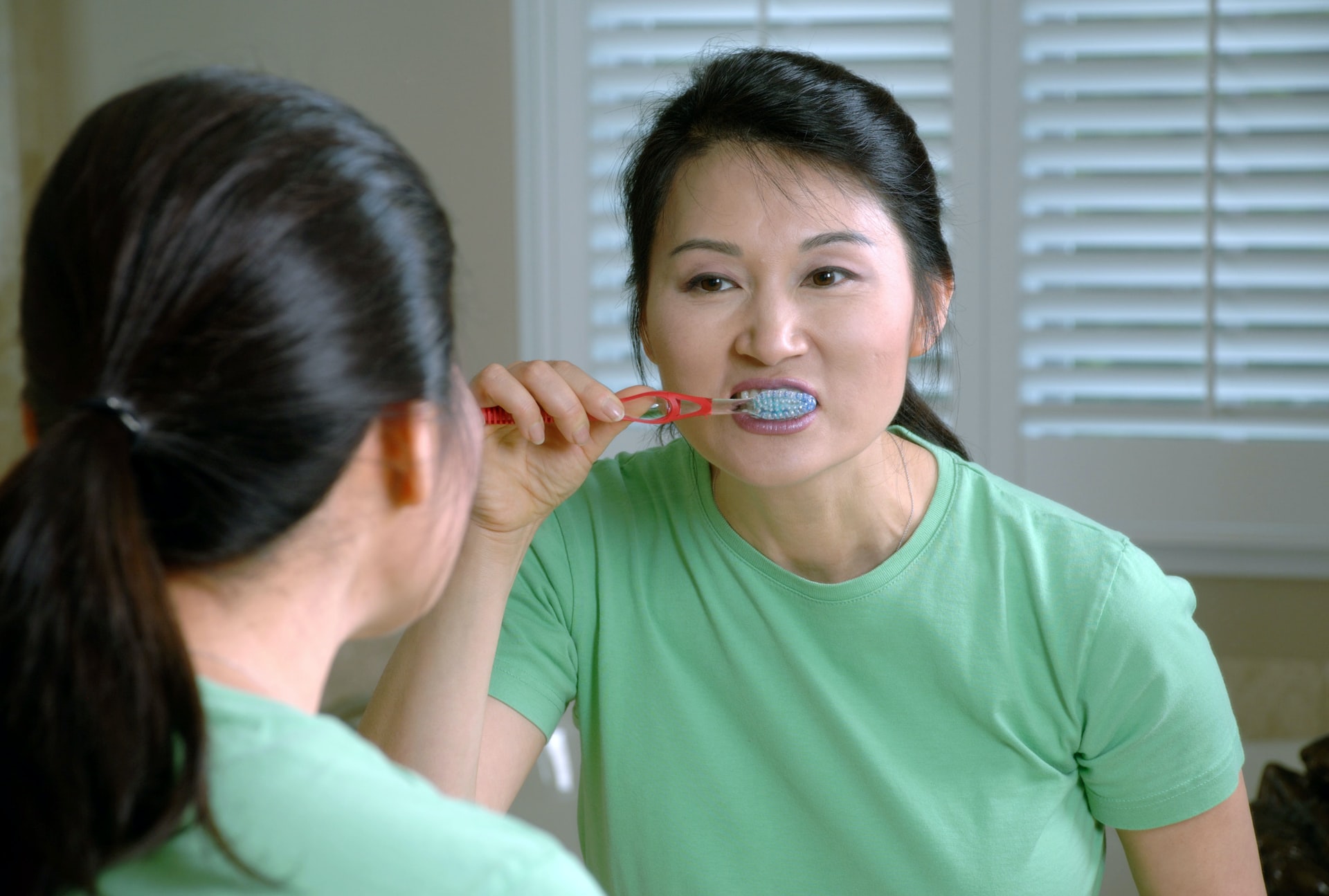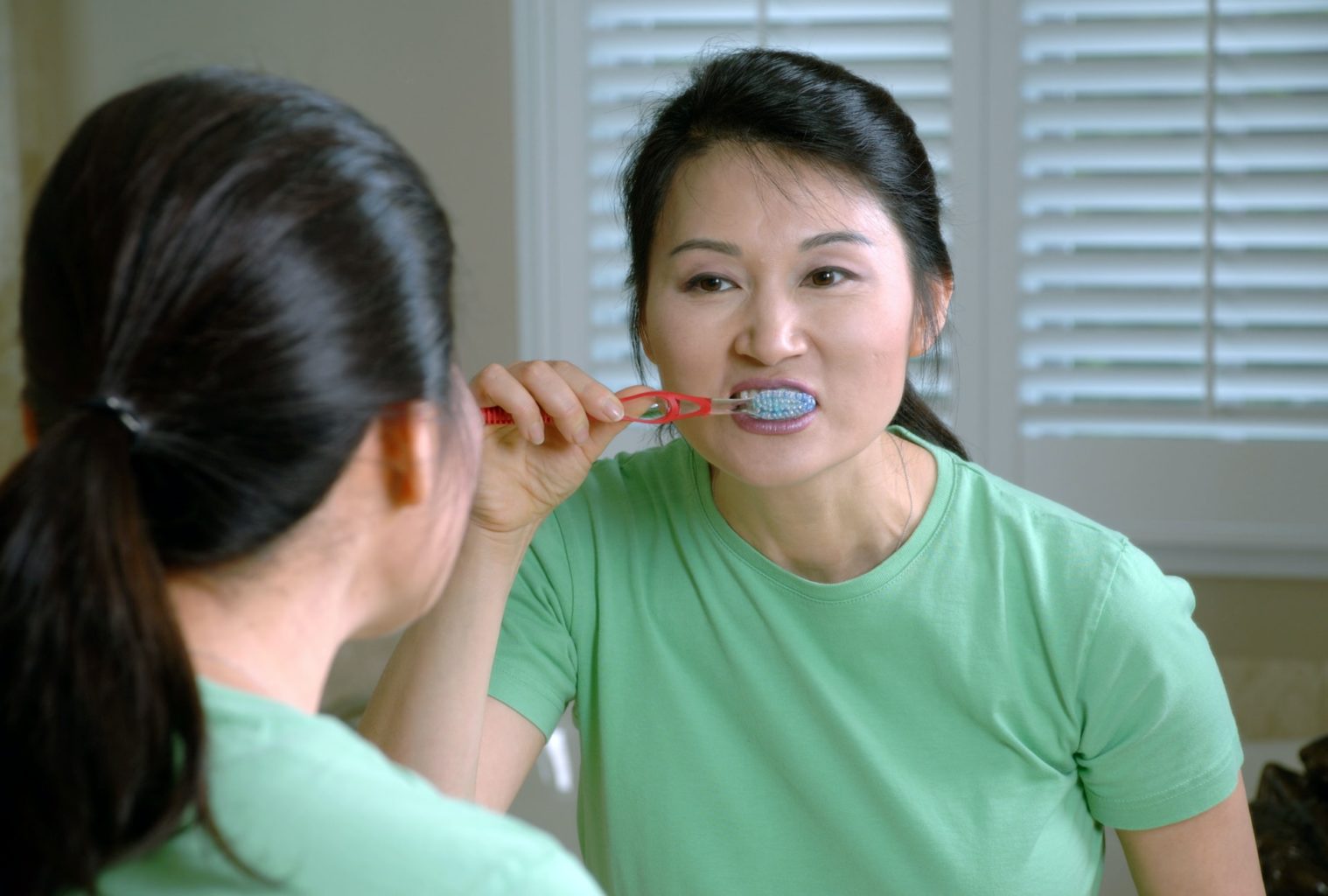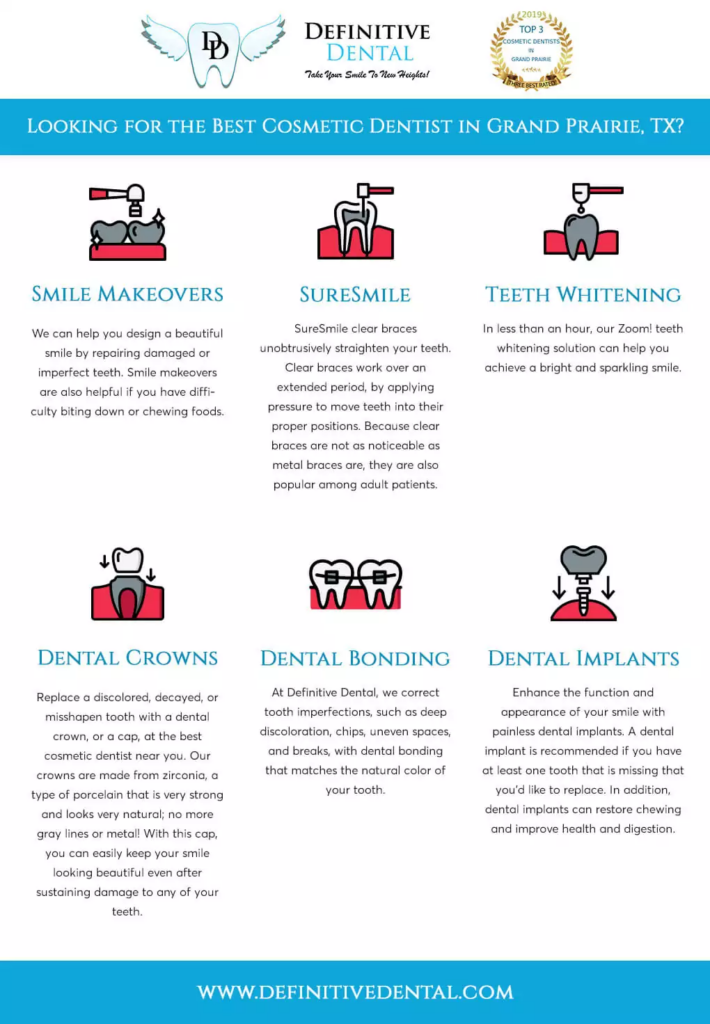Gum contouring, also known as gum reshaping or gingival sculpting, is a cosmetic dental procedure that involves the reshaping and recontouring of the gum line. Gum contouring surgery is performed by skilled dental professionals, aiming to enhance the aesthetic appearance of the smile by creating a balanced and harmonious ratio between the teeth and gums.
Beyond its cosmetic benefits, gum contouring surgeries can also address functional concerns, such as excessive gum tissue that may contribute to gum disease or hinder proper oral hygiene. Find out more about the science of gum reshaping surgery, techniques, potential benefits, and considerations for those considering this transformative procedure.
Why Get Gum Contouring?
Individuals seek gum contouring surgery for a variety of reasons, with aesthetics and oral health both playing significant roles. Some common motivations include:
Aesthetic Enhancement: One of the foundational reasons for undergoing gum contouring is to improve the visual appeal of the smile. Uneven or excessive gum tissue can create the illusion of short teeth or an imbalanced smile. Gum contouring can create a more symmetrical and aesthetically pleasing gumline, resulting in a smile that appears more balanced and proportionate.
Gummy Smile Correction: A “gummy smile” is characterized by excessive gum tissue that exposes a significant portion of the gums when smiling. A gum reshaping surgery can reduce the prominence of the gum tissue, revealing more of the teeth and creating a more harmonious smile.
Functional Improvement: In some cases, excessive gum tissue can lead to functional issues. It may be difficult to clean teeth properly, increasing the risk of gum disease or tooth decay. Gum contouring can help create an environment that facilitates better oral hygiene practices.
Preparation for Other Procedures: Gum contouring surgery may be performed as a preliminary step before other dental procedures, such as veneer placement or dental crown placement. Creating a balanced gum line ensures that the final results of these procedures are as aesthetically pleasing as possible.
Boosting Self-Confidence: A smile is a reflection of one’s self-confidence. Gum contouring can help individuals feel more comfortable and confident about their appearance, leading to improved self-esteem.
The Process Behind Gum Contouring Surgery
Gum contouring surgery is a delicate blend of artistry and science, requiring precision, skill, and an eye for aesthetic harmony. The procedure involves several key steps:
Initial Dental Assessment: Gum contouring generally begins with a comprehensive dental examination. The dentist evaluates the current gumline, taking into account factors such as gum symmetry, proportion, and the relationship between the gums and teeth.
Digital Imaging: Advanced digital imaging technology may be used to create a visual representation of the proposed changes to the gumline. This allows the patient to preview the potential results and provides the dentist with a roadmap for the procedure.
Local Anesthesia: Before the procedure begins, the area to be treated is numbed using a local anesthetic. This ensures that the patient remains comfortable throughout the process.
Gum Reshaping: Using specialized dental instruments, the dentist carefully removes excess gum tissue or reshapes the gum line to achieve the desired aesthetic outcome. The goal is to create a balanced and proportionate gum-to-tooth ratio.
Contouring and Healing: The dentist sculpts the gumline with precision, considering factors such as tooth shape, lip movement, and overall facial aesthetics. The process may involve using lasers or traditional surgical techniques. Once the desired shape is achieved, the gums are sutured back into place.
Healing and Recovery: After the gum contouring surgery, patients are provided with post-operative care instructions to ensure proper healing. Over the following weeks, the gums continue to heal, and the final results become more apparent.
Benefits of Gum Reshaping Surgery
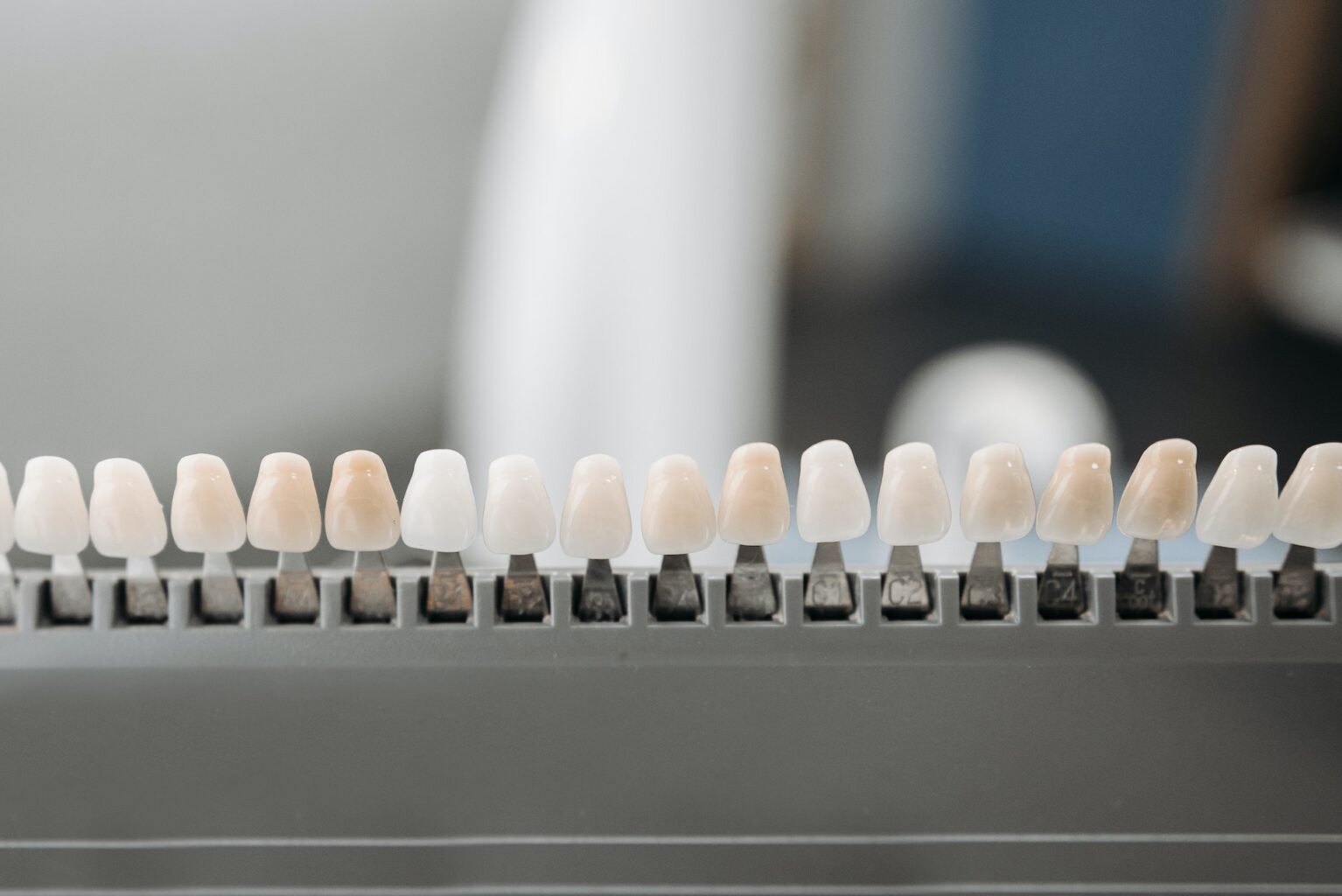
Gum reshaping surgery can yield a range of benefits, both cosmetic and functional:
- Enhanced Smile Aesthetics: By creating a balanced gum-to-tooth ratio, gum contouring can significantly enhance the overall appearance of the smile. Teeth that were once overshadowed by excess gum tissue become more prominent, resulting in a brighter and more attractive smile.
- Improved Gum Health: Gum contouring can help facilitate better oral hygiene practices. With excess gum tissue removed, it becomes easier to clean the teeth and gums effectively, reducing the risk of gum disease and other oral health issues.
- Functional Comfort: For individuals with excessive gum tissue that interferes with proper oral hygiene, gum contouring can offer increased comfort and ease in maintaining good oral health.
- Boosted Self-Confidence: A transformed smile can have a profound impact on self-esteem. Individuals who previously felt self-conscious about their gummy smile may experience a newfound sense of confidence.
- Precursor to Dental Procedures: Gum contouring may serve as a preparation step for other dental procedures, ensuring that the final results of treatments like veneers or crowns are as aesthetically pleasing as possible.
What To Keep In Mind
Patients may experience some sensitivity and discomfort during the initial healing period. Following post-operative care instructions and maintaining proper oral hygiene can alleviate these discomforts.
Individuals must also be aware that full healing after gum contouring can take several weeks. During this time, patients may need to follow dietary and oral hygiene restrictions to aid the healing process.
Gum contouring surgery is not a one-size-fits-all procedure. Each individual’s gum and tooth structure is unique, requiring a personalized approach to achieve the desired results. Ultimately, the success of gum contouring relies on the skill and experience of the dental professional performing the procedure. Choosing a qualified and experienced dentist is essential to achieving optimal results.
Looking for Gum Contouring Surgery? Schedule An Appointment With Definitive Dental
Gum contouring surgery has the potential to transform a smile, enhance self-confidence, and improve overall oral health. As dental techniques continue to advance, the possibilities for achieving aesthetically pleasing and harmonious smiles through gum contouring are more promising than ever before. For those considering this procedure, a consultation with a qualified dental professional can provide insights into the potential benefits and outcomes of this transformative journey.
If you are looking to get started on your gum contouring surgery, or want to find out more about it, don’t hesitate to schedule an appointment with Definitive Dental. Our Smile Gallery is a testimonial to how we’ve helped countless other patients take their smiles to new heights, and we can help you too. Find out about gum reshaping and other ways that we can enhance your oral health by booking your appointment today.


